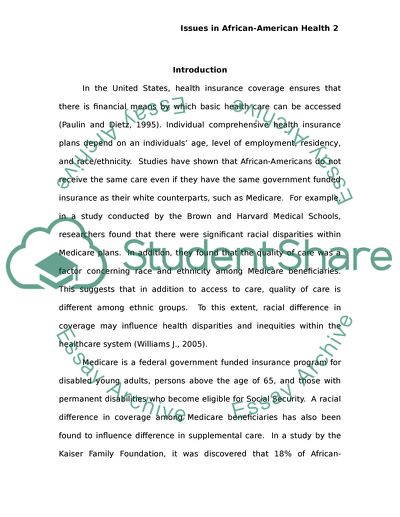Cite this document
(“An Outline of the Health Challenges of African-Americans and a Term Paper”, n.d.)
An Outline of the Health Challenges of African-Americans and a Term Paper. Retrieved from https://studentshare.org/social-science/1719362-public-health-service
An Outline of the Health Challenges of African-Americans and a Term Paper. Retrieved from https://studentshare.org/social-science/1719362-public-health-service
(An Outline of the Health Challenges of African-Americans and a Term Paper)
An Outline of the Health Challenges of African-Americans and a Term Paper. https://studentshare.org/social-science/1719362-public-health-service.
An Outline of the Health Challenges of African-Americans and a Term Paper. https://studentshare.org/social-science/1719362-public-health-service.
“An Outline of the Health Challenges of African-Americans and a Term Paper”, n.d. https://studentshare.org/social-science/1719362-public-health-service.


